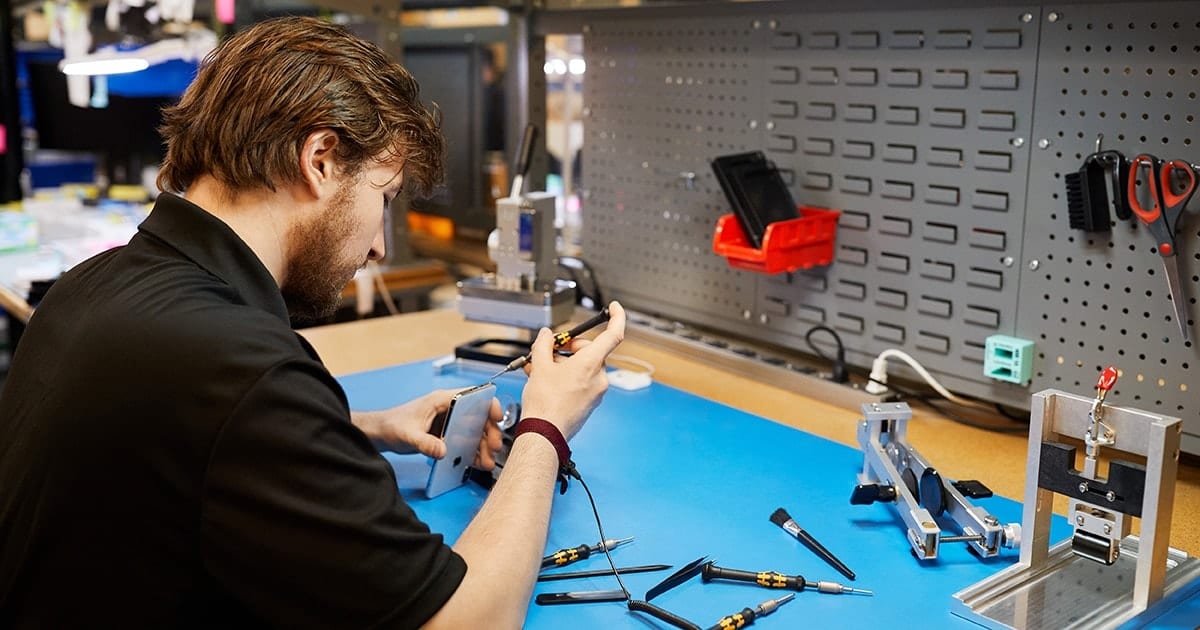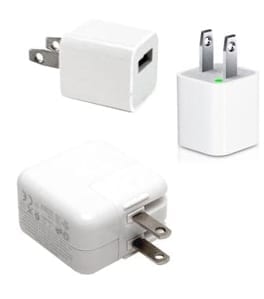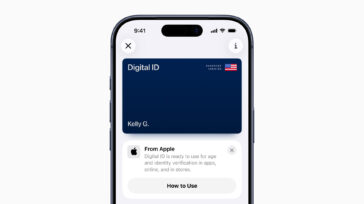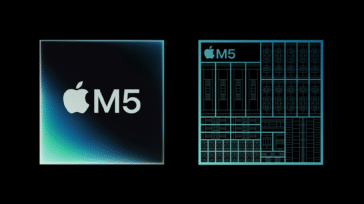
Right-to-repair advocates have something to be happy about. Apple has announced that it will begin supplying genuine iPhone parts, tools and repair guides to independent repair shops for the very first time. It may be a small step, but at least it’s in the right direction.
Apple has long lobbied against “right-to-repair” bills that would compel the tech giant to supply smaller independent shops with genuine components, voicing concerns over maintaining high service standards and keeping restricted information confidential. Companies such as Best Buy have been able to certify as authorized service providers, largely because it’s easier for them to jump through the necessary hoops and sustain the high purchase volumes required by Apple. Not so the little guy.
Remember when you cracked your iPhone screen and brought it to the shop in the strip mall down the street because it was faster and cheaper than taking it to the Apple Store 50 miles away? Well, that screen was more than likely replaced with a lower quality and less reliable aftermarket third-party screen.
In the long run, a potential hit in quality or a questionable repair job doesn’t help Apple. They need to ensure your iPhone keeps you happy long enough to pass down to a family member and buy the next latest and greatest version for yourself. Not to mention that they’d like to alleviate the excessive volume of small but needed repairs and focus more on innovation and sales. After all, Apple really doesn’t want to be in the repair business.
With the new Independent Repair Provider Program, small proprietors will now be able to offer the same level of service as their larger counterparts. Apple will extend access to its repair tools, training, service guides, diagnostics, and resources to any established and verified business, regardless of size. And because joining the program is free, there is less of an entry barrier for smaller shops. Providers will be able to charge what they want for their services, which means more competition. And more competition tends to lower costs for the consumer.
The program is currently limited to out-of-warranty iPhones and only certain fixes such as display and battery replacements can be performed. But perhaps it’s a stride towards Apple loosening its grip on other products and services as well – something the right-to-repair community would gladly welcome.
In an interview with Wired Magazine, Larry O’Connor, CEO of Other World Computing notes that the news is a “big step forward” with “huge benefits to users, because it eliminates any excuse for the service provider to just throw in a part that’s not going to be right for the system they’re trying to fix.”









Only repair new stuff. what about 2010mac pro??